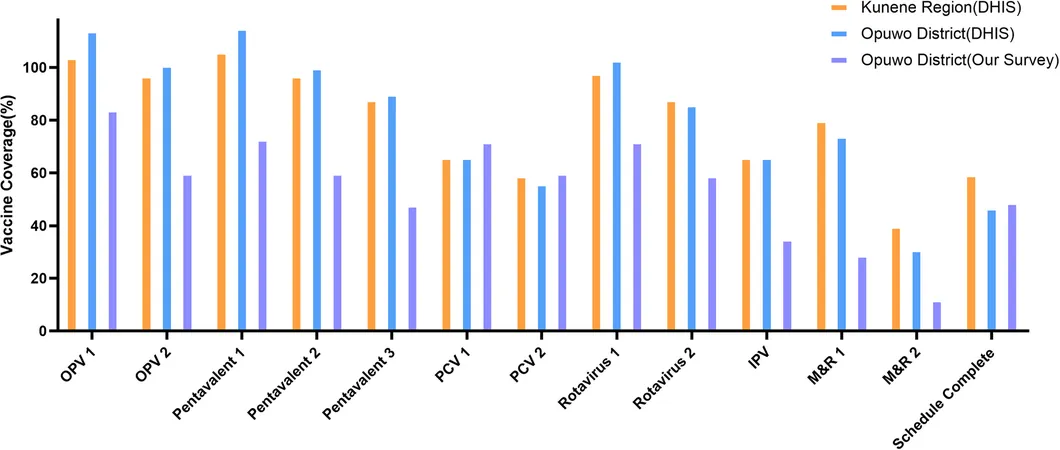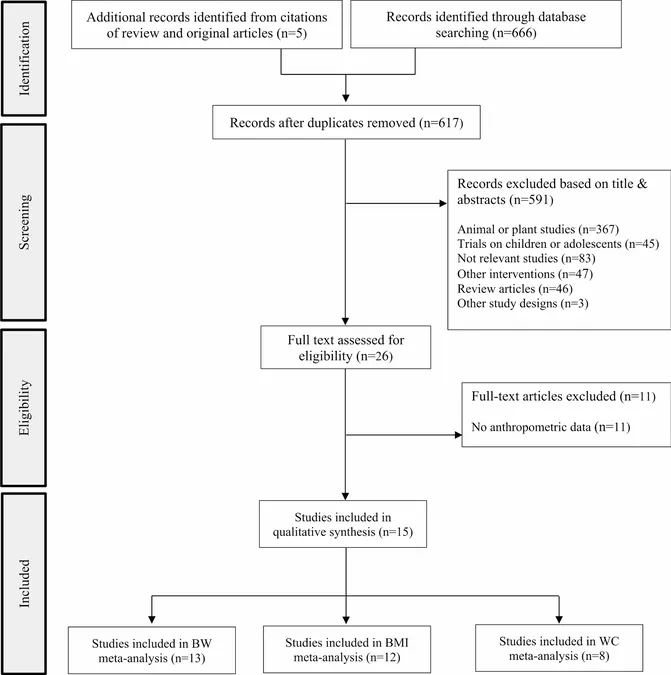
Urgent Call to Boost Vaccination Rates in Opuwo District, Namibia
2025-05-14
Author: Arjun
Vaccination: A Lifesaver for Children
Vaccines are crucial in the battle against serious childhood illnesses like polio, measles, and tetanus. The World Health Organization (WHO) reported that globally, Diphtheria, Pertussis, and Tetanus (DPT) vaccine coverage was at 84% for children under 12 months in 2022. Coverage rates vary significantly, with some regions in Africa lagging behind at only 72%. In developing nations, childhood mortality remains alarmingly high due to diseases that vaccines can prevent.
The Immunization Challenge in Namibia
In Namibia, the Expanded Program on Immunization (EPI) has been guiding childhood vaccinations since 1990, requiring multiple doses for various vaccines to ensure full immunity. However, recent statistics reveal that only 65% of Namibian children aged 12-23 months are completely immunized. Although initial vaccine doses show strong uptake—over 90% for BCG and DPT—the numbers sharply decline for subsequent doses, with only 79% completing the DPT series.
Spotlight on Opuwo District
Opuwo District, situated in Namibia's rugged Kunene region, grapples with challenges such as poor infrastructure and geographical barriers, making healthcare delivery a daunting task. Residents face high rates of vaccine-preventable diseases like pneumonia and diarrhea, particularly among nomadic communities.
Uncovering the Factors Behind Low Immunization Rates
A recent study aims to identify the obstacles hindering vaccination rates in Opuwo. Researchers gathered data from nearly 7,000 population records and surveyed 117 parents of children under 24 months to analyze immunization trends. The findings exposed a stark reality: only 49% of children received the full set of recommended vaccinations by age 12 months.
Who Is Most at Risk?
The study illuminated several interconnected factors influencing vaccination status. Key findings identified that children born in hospitals had significantly higher immunization rates compared to those born at home. Education level of caregivers also played a pivotal role; children of parents with higher educational attainment were more likely to be fully vaccinated.
Barriers to Accessing Healthcare
Survey responses highlighted distance from health facilities and financial constraints as major barriers to accessing vaccinations. Nearly one-third of caregivers reported that living far from health services affected their ability to get their children vaccinated. Despite vaccines being free, transportation costs pose a hurdle for many families.
The Role of Community Education and Awareness
A lack of awareness and knowledge regarding vaccination schedules was evident, with some parents unaware of when their children were due for immunizations. This lack of understanding emphasizes the urgent need for community education programs aimed at raising awareness about the importance of vaccinations.
Conclusion: A Call to Action
With only 48.7% of children fully immunized, Opuwo's situation is dire. The study's insights can guide policymakers in creating interventions to improve healthcare for children in underdeveloped regions. Strengthening immunization programs, enhancing healthcare outreach, and addressing the unique needs of nomadic populations is crucial to ensuring every child's right to health and protection from preventable diseases.
The take-home message is clear: urgent action is required to boost vaccination rates and safeguard the futures of countless children in Opuwo District and beyond.



 Brasil (PT)
Brasil (PT)
 Canada (EN)
Canada (EN)
 Chile (ES)
Chile (ES)
 Česko (CS)
Česko (CS)
 대한민국 (KO)
대한민국 (KO)
 España (ES)
España (ES)
 France (FR)
France (FR)
 Hong Kong (EN)
Hong Kong (EN)
 Italia (IT)
Italia (IT)
 日本 (JA)
日本 (JA)
 Magyarország (HU)
Magyarország (HU)
 Norge (NO)
Norge (NO)
 Polska (PL)
Polska (PL)
 Schweiz (DE)
Schweiz (DE)
 Singapore (EN)
Singapore (EN)
 Sverige (SV)
Sverige (SV)
 Suomi (FI)
Suomi (FI)
 Türkiye (TR)
Türkiye (TR)
 الإمارات العربية المتحدة (AR)
الإمارات العربية المتحدة (AR)